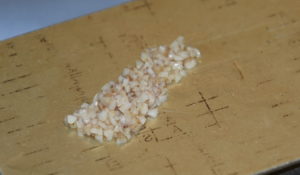Building up the bridge line or dorsum of the nose is known as dorsal augmentation rhinoplasty. This is most commonly done in ethnic rhinoplasties (Asian and African-American patients) as well as reconstruction of saddle nose deformities from trauma or prior over-resected rhinoplasty surgeries. Usually a fair amount of volume (length and height) is needed for a visible change in the dorsal line of the nose. Where does the material come from to fill this need?
Traditionally, one has to choose between natural tissue from the patient (rib or bone graft) or a synthetic implant. These two choices are dramatically different with their own distinct advantages and disadvantages. Bone or rib grafts provide a nice structural graft but that requires a harvest site (which is painful) and time to properly shape and secure the graft in place. Synthetic implants offer an easy off-the-shelf graft which saves having a painful donor site and is easy to shape but such implants have significant long-term issues of migration, infection, skin thinning, and potential exposure. (I suspect that the long-term complication rate of synthetic implants in the nose is much higher than is reported….and most will eventually need to be removed)

Having used this method recently, It appears to be a valuable option for grafting the nose. Some of the classic problems with larger structural grafts of rib or bone, such as warping and the need to secure it into place, are avoided. This is actually a fairly old technique of cartilage grafting that dates back more than 50 years ago. But what is old…..is new again.
Dr. Barry Eppley
Indianapolis, Indiana


